If you are looking for an affordable, easy and great way to enhance the flavor of your foods, then start an herb garden.
Herbs take little effort and do not need much space.
Herbs to Grow in Your Spring Garden
In fact, it?s best to plant herbs in containers to keep the soil well drained.
This way you can bring them inside during the cooler months too.
Read also?The main list of Easy-To-Grow Edible Flowers with Pictures & How to
Basil
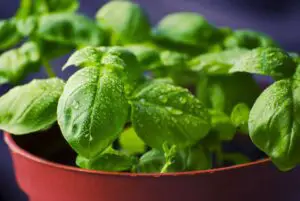
Basil has a warm and spicy flavor that pairs perfectly with soups and sauces.
The best way to use up basil is to make pesto.
Basil can be seeded directly into the garden during late spring and needs lots of sunlight.
Chervil
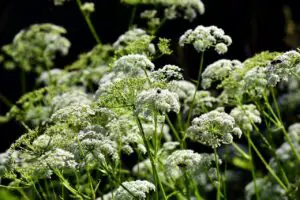
Chervil is an herb that has a similar flavor to anise seeds.
It?s an uncommon herb that won?t traditionally be found in grocery stores, but it adds great flavor to your morning eggs.
Plant chervil when there are no signs of frost to come, because it’s sensitive to cold temperatures.
Cilantro
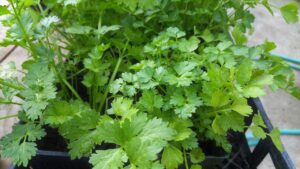 Cilantro is a great herb to add a fresh flavor to guacamole and salsas. Cilantro aids digestion and is high in potassium.
Cilantro is a great herb to add a fresh flavor to guacamole and salsas. Cilantro aids digestion and is high in potassium.
Make sure to keep your cilantro and parsley separate to not confuse the two.
Pick a spot in the garden that offers the most sunlight and well-drained soil. Cilantro is sensitive to drought, so make sure to keep the soil moist.
Epazote
If you enjoy cooking Mexican food then you need epazote in your garden, because it is unlikely you will find it in a grocery store.
It has a peppery and minty flavor that is often found in beans and stews at Mexican restaurants.
Once the danger of frost has passed, plant epazote in well-drained soil with access to full sun.
Dill
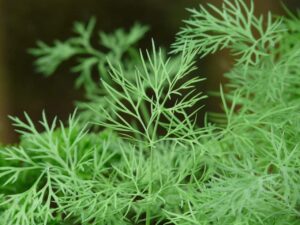 Dill is widely used in Europe to enhance the flavor of fish, potatoes, and dairy.
Dill is widely used in Europe to enhance the flavor of fish, potatoes, and dairy.
It is most commonly known for pickling.
It has an earthy flavor and aroma similar to fennel.
You will want to sow dill seeds directly into your garden because they do not grow well when transplanted.
Lemon Balm
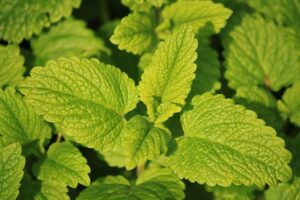 Lemon balm is an herb from the mint family that has a mild lemon aroma.
Lemon balm is an herb from the mint family that has a mild lemon aroma.
Lemon balm is commonly used for its medicinal benefits as it helps upset stomach and bloating.
Lemon balm can be seeded indoors during the colds months and then transplanted outdoors in late spring.
Mint
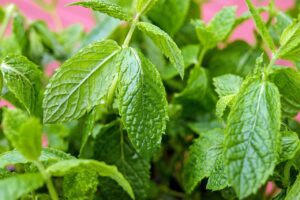 Use this herb to add a nice kick to your tea or water.
Use this herb to add a nice kick to your tea or water.
Mint even pairs well with lamb. Mint, like most herbs, should be grown in a pot to allow the soil to drain.
Not only that, it tends to take over any space that is available, so growing it in a pot helps keep it manageable.
Parsley
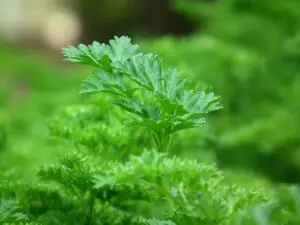 Parsley is mostly used as a garnish, but provides a lot of nutritional value and can be added to pretty much any dish.
Parsley is mostly used as a garnish, but provides a lot of nutritional value and can be added to pretty much any dish.
Parsley can grow in full sunlight or partial shade and needs moist, nutrient-rich soil.
To have the best results this year, keep each herb separate and make sure they have plenty of sunlight and water. A great idea for herbs is to use individual terracotta pots for planting so that you can plant whatever you want and move them around as needed.